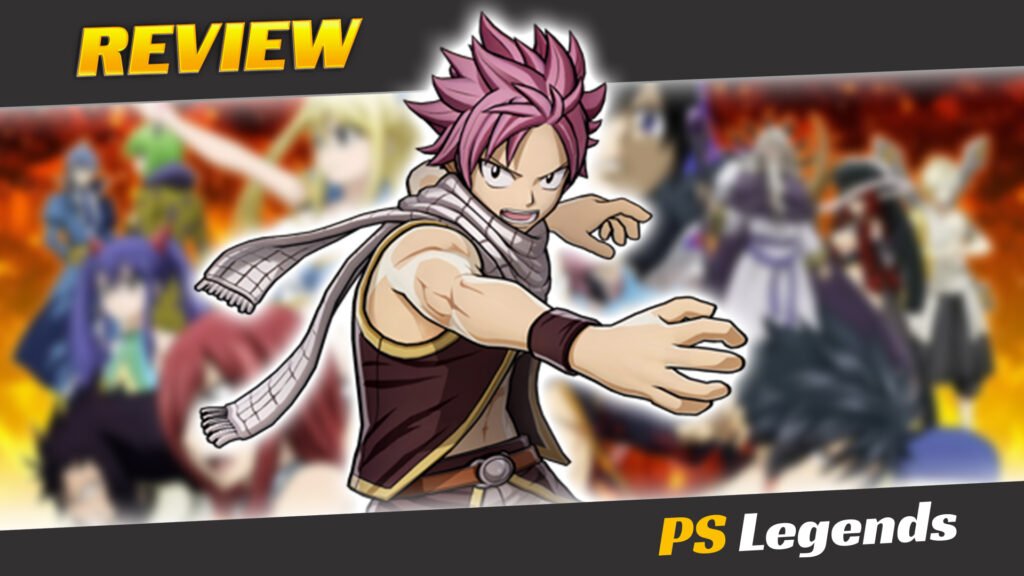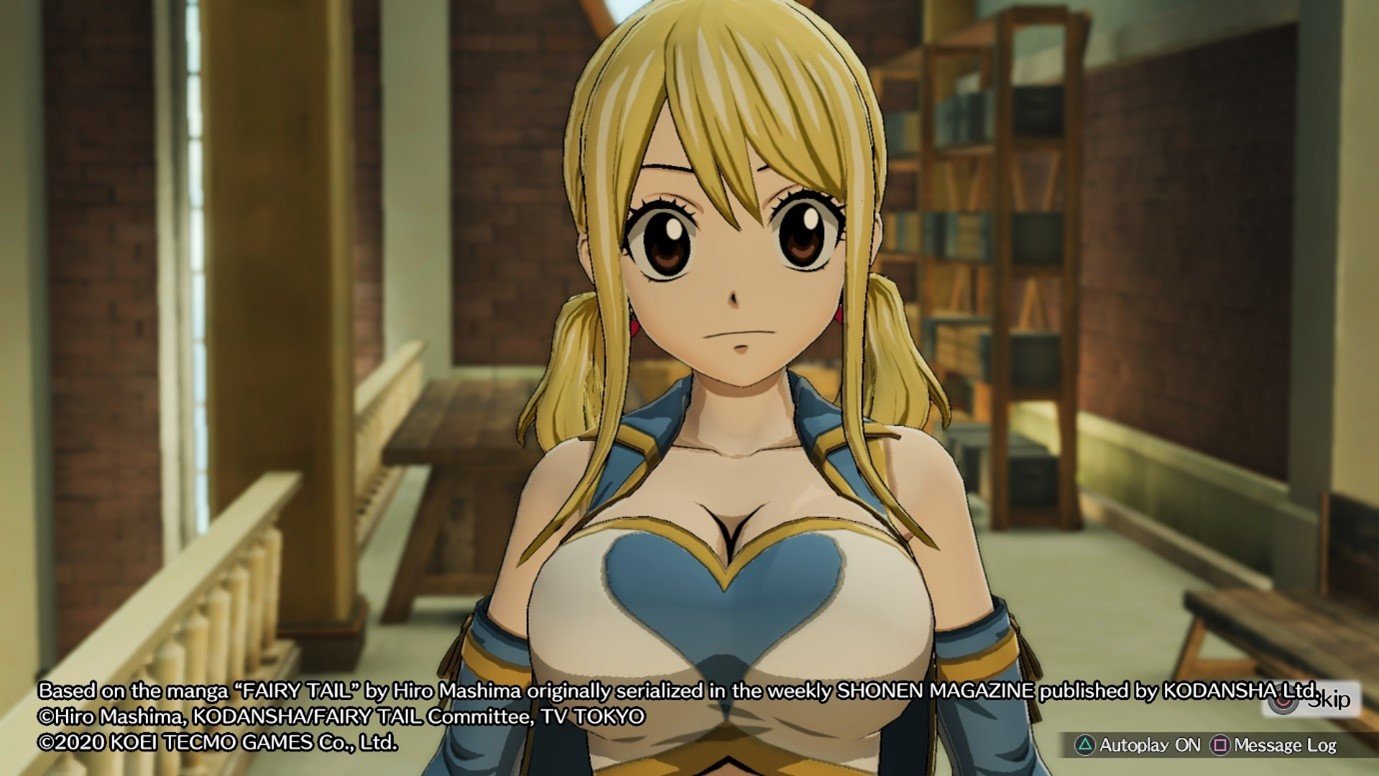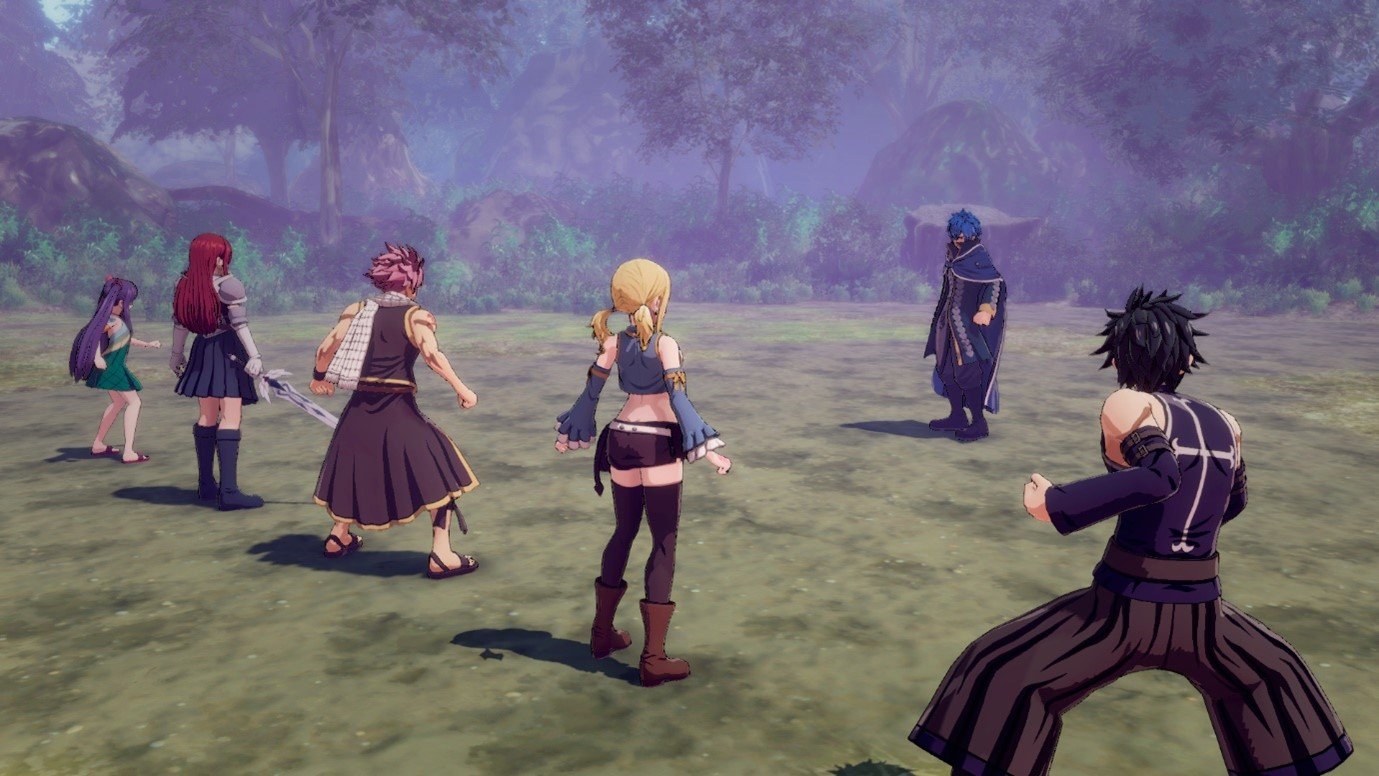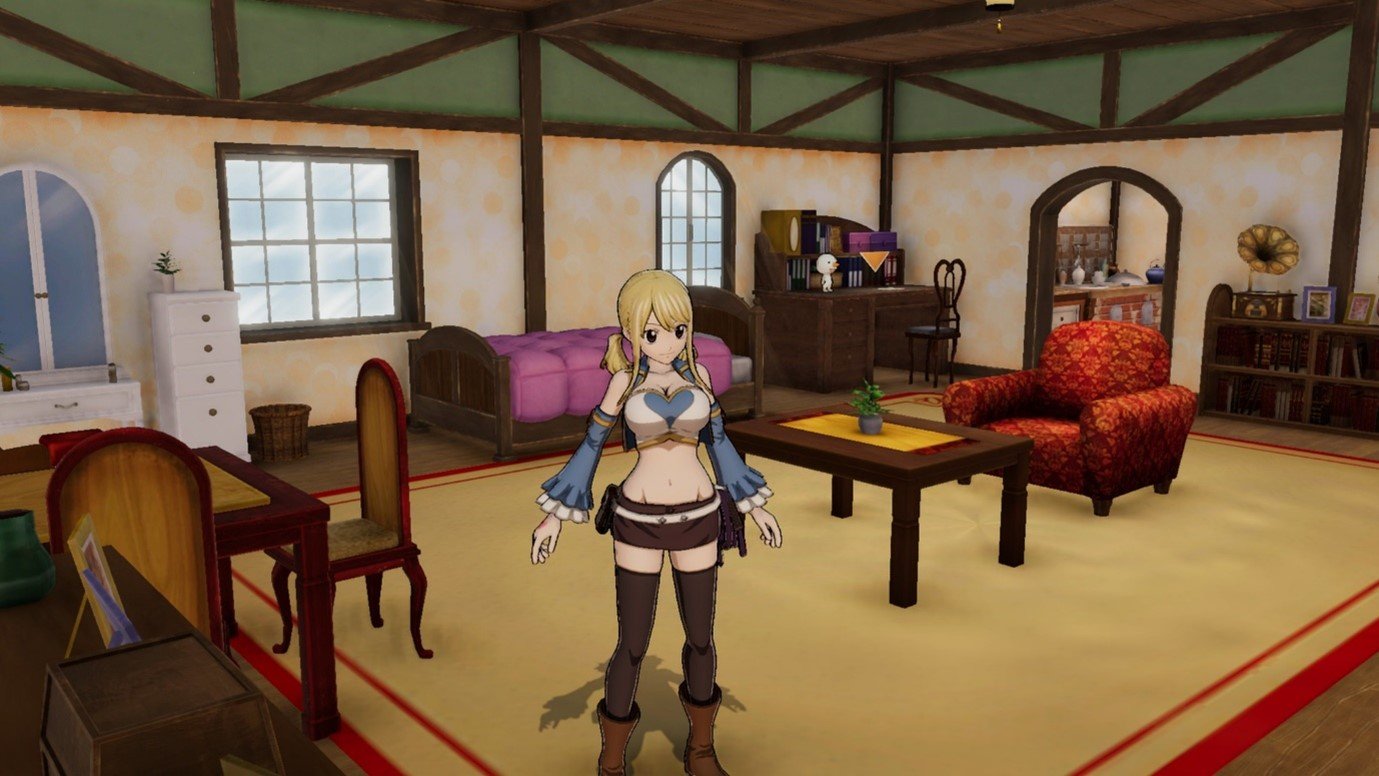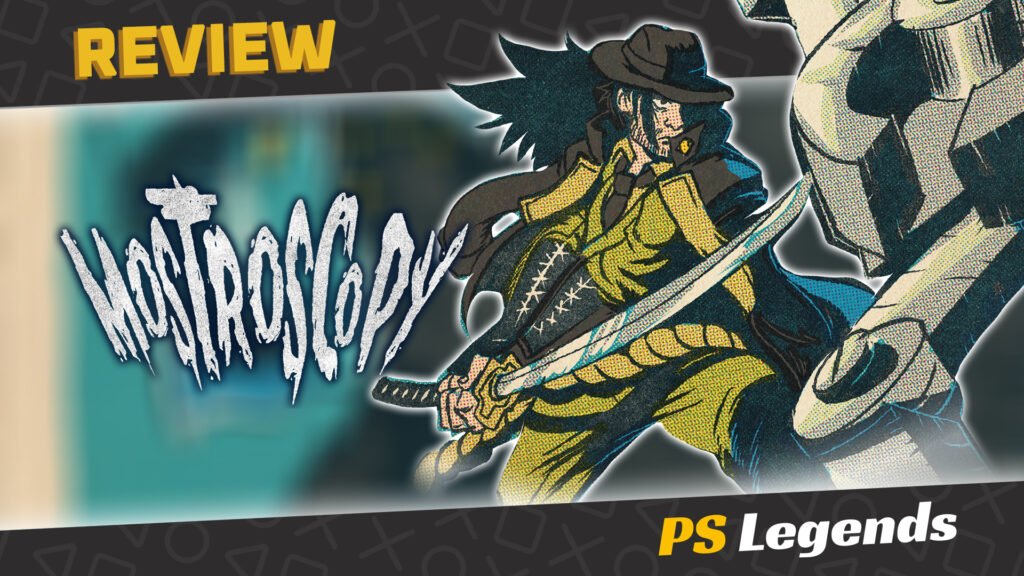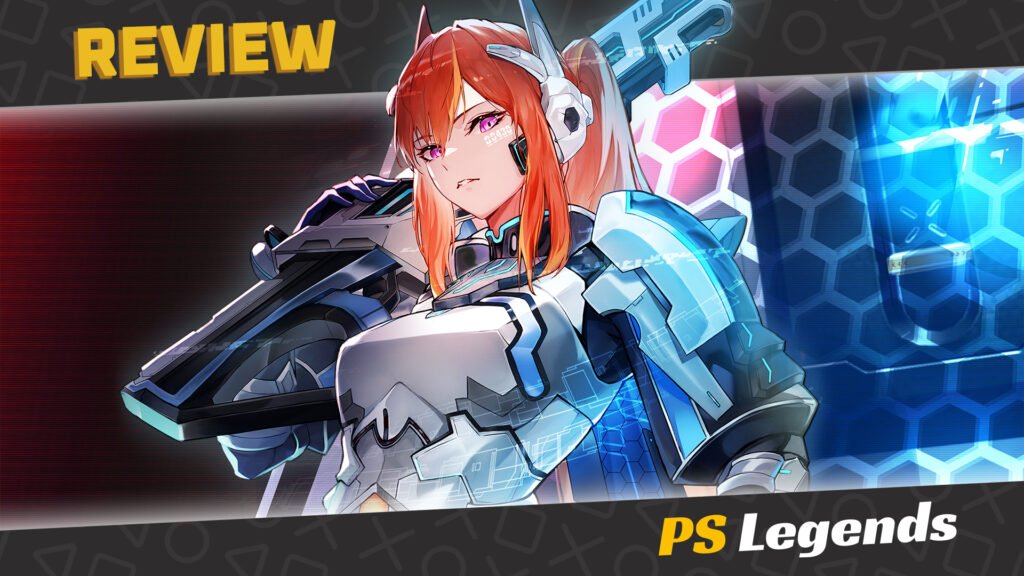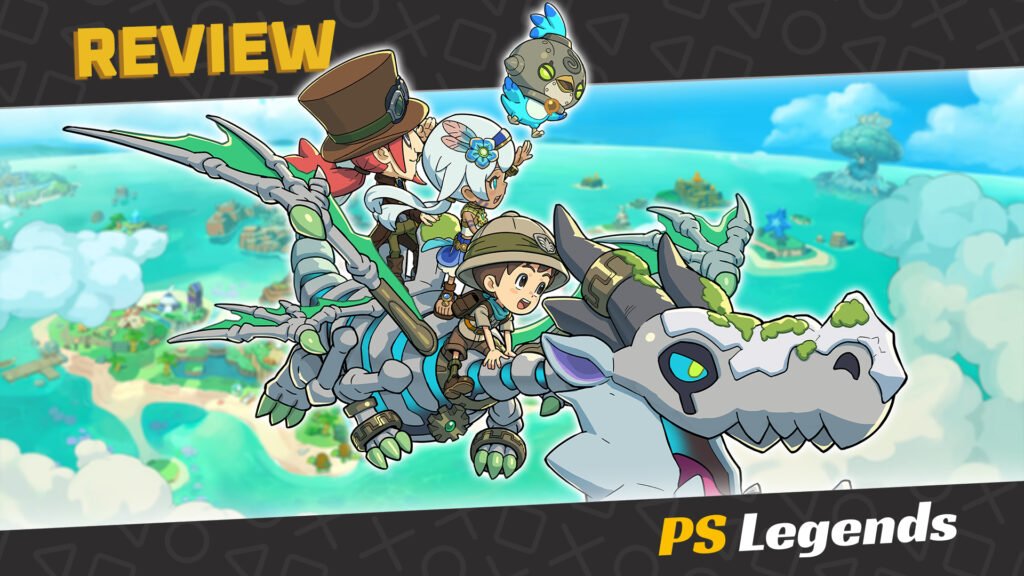I miss anime. It was one of those things that had to go when I got my own home and started a family, much like collecting game merchandise and binge-watching box-sets of cult dramas. I’ve nothing against anime per se; Quite the opposite. I love the awkward character interactions, fan-service and surrealist plots that only anime can provide. I just don’t have the time for it in my life anymore, like reading a good fantasy novel or the thrill of exploration on a hiking trip, I simply can’t fit it into my schedule.
It’s a shame, as shortly after finishing college I was a bit of an anime aficionado for a while. I got to experience some amazing series like Bubblegum Crisis, Noir, Mahoromatic and Lunar Legend Tsukihime before things like budgets and workload took priority. This left promising series like Neon Genesis Evangelion, Elfen Lied, Chobits and Fullmetal Alchemist likely forever unfinished, at least for me. That now feels like a lifetime ago.
All hope is not lost though, since anime often crosses over into games, something I do still have at least some time for. The problem with this is that despite their graphical similarities, anime and games often don’t mix all that well. It’s not a media jump that’s been working out for me as my experience with Saint Seiya, Naruto and, more recently, One Piece, left me confused by massively over-edited stories and some of the ugliest characters I’d ever seen. It was enough to put me off trying their respective follow-ups.
Then came a beacon of hope. An anime game based on a shorter series, one that encapsulated the experience of its respective anime and transformed it into an action-packed arena brawler. That game was Kill la Kill: IF. It was everything I wanted. Fast, stylish combat. Emotional, well-voiced dialogue. Girls that are happy to show off a hell of a lot of skin. You know, the full package. Shame the platinum trophy was such a pain. Interest renewed; I was ready to take on another gaming adaptation of a modern anime. I’m sure you’ve already guessed what came next.
On This Page
Introduction
Since I’m already a big JRPG fan, Fairy Tail had the potential to be something special. It didn’t leave the best first impression though, as after an hour or so of play I was already knocking off points for the lack of English voice acting, the unrelatable, muscly leading character Natsu with his flamboyantly pink hair, and screen after screen of tutorials for even the most basic of mechanics. It was enough to make me turn off the game in disappointment… for a while.
I was determined to give Fairy Tail a second chance and so returned after a few weeks to try again with a fresh mindset. I muted the dialogue whilst turning up the volume for the incredibly good music and skipped through those tutorials as quickly as possible to the main game. That’s when I met her, a female lead to replace the irritating Natsu. A curvaceous and hauntingly beautiful summoner named Lucy Heartfilia. My next waifu. Now I was ready for anything. Bring. It. On.

Story
Fairy Tail is actually the name of a famous guild of warrior wizards, a guild which sadly fades into obscurity after its members cast a particularly potent spell to stop their renegade former master, Hades. This spell results in the party disappearing for seven years only to find upon their return that their headquarters has fallen into disrepair and the public have forgotten their once great deeds.
It’s up to Natsu, Lucy and their ever-growing team of friends and allies to complete missions to improve their guild ranking, restore their home and regain their influence. It might not be the usual ‘end of the world’ scenario you come to expect from a JRPG, however this will come later on.
This is a tale of pride, passion, and rivalry amongst a group of guilds. Only once mutual respect has been earned about half-way through the game will the true villains appear. The game itself roughly covers the first four-ish series (or ‘arcs’ if you prefer) of the anime as well as including a handful of new events which are unique to the game but still respect the canon.
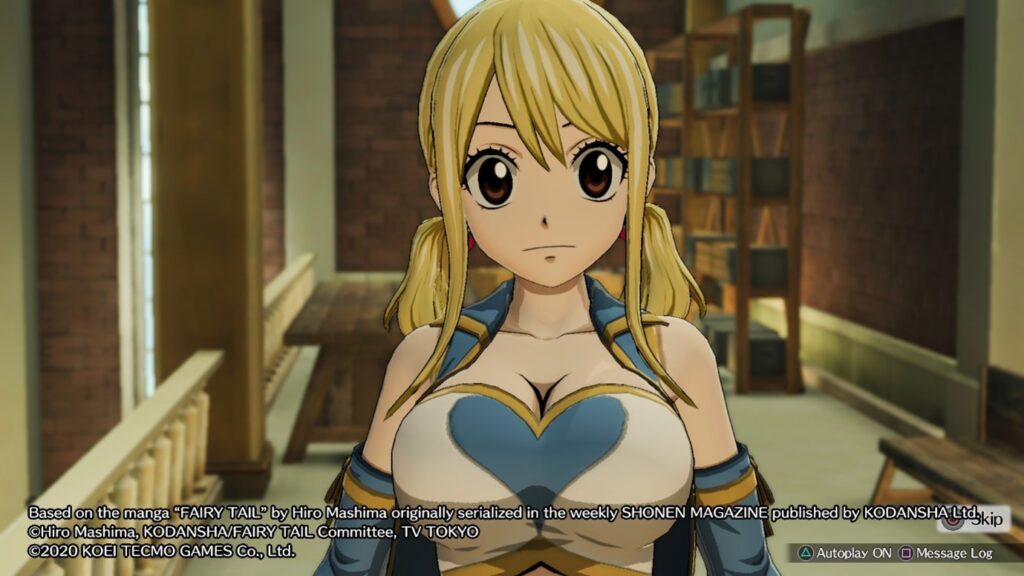
Gameplay
The slower story arc isn’t so alien a concept when you consider who the developer is, and their usual works. The game is made by Gust who you’ll know from their annual Atelier games, a series which felt like a multi-tasking simulator as you plan trips to farm ingredients, create items through alchemical synthesis and complete customer orders, somehow forgetting along the way that these games are supposed to be JRPGs, not prettier clones of Minecraft.
Thankfully, Fairy Tail is nothing like Atelier. Sure, there’s some crafting but it’s entirely optional. There’s more focus here on traditional combat with flashy magical flourishes. Mechanically, it’s so easy to jump into and stylish in its execution. There’s always a mission ready for you to advance the story or a side-quest (or twenty) available to improve your guild rank, each with generous quest markers so you’ll always know where to go and what to do.
The community requests are simply talking to a person in a town or on the field, being given a shopping list of items they want, then either delivering them or going out to find them before returning for your reward. The guild requests are similar but they’re usually a list of enemies to kill in a certain area or an actual mini-event with set members of the guild and fighting a unique enemy.
Rather than Koei Tecmo adapting the Fairy Tail anime to their usual Musou format (1v1000 hack ‘n’ slash combat), Gust has developed this game and created it with a combat engine similar to their Arland-arc Atelier games, with classic, turn-based JRPG mechanics. So, if you’ve ever played an Atelier game before, especially the more recent ones, then Fairy Tail will be very familiar to you in terms of the gameplay.
Combat takes place in several hostile locations which you can travel to via the map whenever you’ve unlocked them. There are, thankfully, no time limits like we see in the earlier Atelier games. Each encounter begins when you touch or attack an enemy who is wandering around.
As you increase your social bonds with the sixteen characters, each one has three ‘character stories’ to participate in, a lot of the requests have a mini-story attached to them, the main storyline is full of cutscenes and exposition, and there are small snippets from the anime included for the fans.

Although the main protagonist is technically Natsu, you have full control over every character in your team. Various team members will appear in the guild and ask for help, unlocking their character stories. These stories are required to ‘unlock’ the character and make them playable later in the game, mainly for characters which are outside of your guild and not strictly canon with the story at that moment.
You can take up to five available members of the guild into battle with you, and each member can be customised a little. The customisation is very basic as you can only give each member up to five pieces of ‘Lacrima’, a magical item which boosts or enhances their abilities and stats. There’s no additional weapons or gear like in your usual JRPGs, which is a little surprising, but you don’t really need them since the magical nature of the guild means you unlock new spells as you level up throughout the game, rather than conventional attacks.
The combat itself is incredibly stylish, with the camera zooming in on your photogenic party member when their turn arrives while you select their action, before zooming out as your character blasts the enemy with their selected spell. There is also a ‘Chain’ mechanic, which is exactly what it sounds like. As your bonds with the various guild members grow, you can initiate a chain once you’ve hit the enemy a certain number of times, allowing you to deliver a devastating pummelling. The higher the bond, the more hits you can chain together.
You can also enable ‘auto-battle’, which has you simply pushing one button to attack, and ‘fast battle’ which essentially disables all combat animations. Having this turned on will increase the pacing of the game as attacks are instantaneous, but you do miss out on the well-designed spell-casting animations.
There are ten facilities within your guild which unlock as you progress and each of these has to be initially created and then upgraded four additional times. Each upgrade adds new features or boosts the effect it has. Prioritising facilities which grant boosts to experience, and money accrual sooner rather than later makes for easier progression.
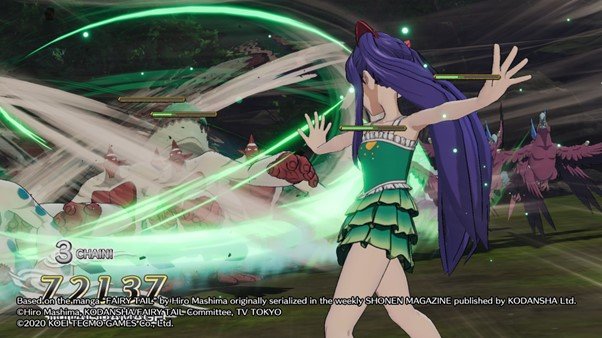
Graphics/Sound
Visually, the game looks like the latest evolution of your typical Gust game. Using 3D cel-shaded character models means there’s a 2D look to the 3D characters, The look of the game is very aesthetically pleasing with its anime characters combined with realistic environments. I also didn’t notice any obvious censorship or adjusted scenes.
In terms of the audio, the music uses original tracks and remixed tracks from the anime to great effort. It’s an exciting, catchy soundtrack throughout, and while many will prefer exact replicas of the songs used in the show, I’m pleased to report the alternatives used here are anything but a step down in quality.
However, there is no English dub; it’s all Japanese voices with the option for either English or French subtitles in the EU version. It’s a bit of a disappointment that the budget could only stretch to the Japanese voice actors reprising their roles from the anime and not their American counterparts. I respect some people may not like the hefty amount of reading you’ll have to tackle instead.
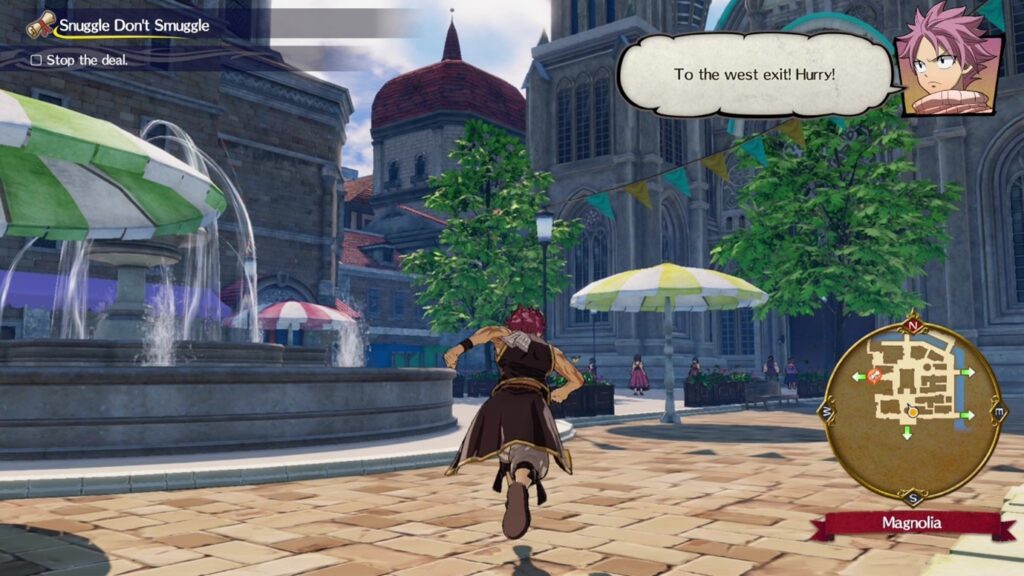
Replayability/Trophies
The platinum trophy requires a very thorough attitude to completion, as you’ll need to not only finish the game, but level up your base by farming money and other items, max out a character’s rank plus Fairy Tail’s guild rank by completing missions, and try out a few alternative combat mechanics, such as ‘overkilling’ enemies with special attacks near breakable environmental objects which open super-secret paths.
The road to the platinum trophy is easy but long. There are no missable trophies, a bunch are story-related, there are a few long grinding ones such as completing all the requests, and the sweets can be a pain to find. However, the game isn’t difficult, especially when it recommends you play the game on ‘easy’ difficulty when you first start, and for the sake of progression I’d recommend it too.
Each elusive crate and barrel holds a piece of candy. There are 50 to find and they are fed to a strange creature within Lucy’s house in order to unlock unique Lacrima and bonus items. You’ll also need all 50 to grab a trophy.
Thankfully, nothing is missable, and you can jump back into the game even after the credits roll to tie up loose ends. The postgame is a chapter in its own right, featuring more story content, new locations, characters, and missions.
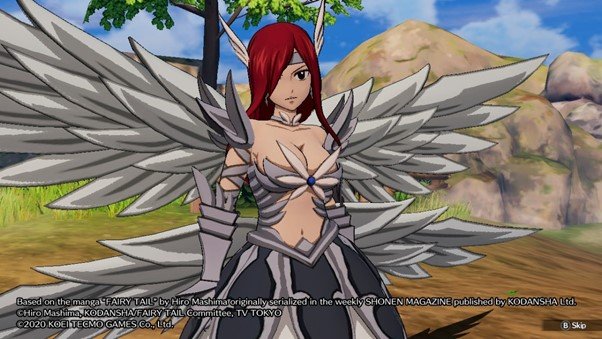
Conclusion
It’s a game that delivers but asks for your patience in doing so. The first half of the game (especially the first couple of hours) is a slow burn. Whilst it would be nice if your party members were introduced at the start of the game rather than through gradual flashbacks and side-stories, it’s hardly a game-breaker. Even Natsu does earn some points for heroism later on.
There are a few flaws you’ll need to forgive to reap the game’s many rewards. Stick with it and do your best to endure the side-mission grinding in the postgame, which at times feels like it may never end. Overlook a few cut battles from the final chapter and some missing character models to save on development budget and you’re in for a great time overall.
I’m afraid certain characters just don’t appear. In certain scenes, characters are talking to each other and you can see the 2D portrait image of the person speaking, but there’s no in-game model. This is strange, particularly since some of these named, absent characters have more prominent roles in the anime. On a similar note of saving time and budget, there are bits of the story missing, including a few climactic battles which should occur alongside others which did make the cut.
However, many more humorous scenes do make the cut, including regular fan-service moments within Lucy’s house. These are all very silly but comical at the same time, and usually an excuse to have Natsu and other guild members catch Lucy in her underwear. Natsu will be at the door, staring with a stunned, jaw-dropped look on his face. There are others casually pinned to the ceiling, staring at her, and other characters just lying in her bed for no apparent reason. It’s all cheeky anime ‘right place, right time’ humour.
As someone who hasn’t seen a single episode of Fairy Tail, I still loved this game. It felt like the sort of game Atelier should be, with all the growth and development of your guild coming as a direct result of your hard work in the field, where your labours and adventures are one and the same thing, rather than disconnected entities which distract from one another.
With incredible combat and a whole host of addictive mechanics, such as the rebuilding of the guild, fans of the franchise will enjoy playing as their favourite characters and re-enacting various arcs from the series, and newcomers will enjoy the interesting stories and solid gameplay mechanics.
I’d love to see another instalment, but considering the hefty development delay and budget problems, this might be all we see from Fairy Tail. It might not topple the emotional rollercoaster that is Blue Reflection as Gust’s best JRPG, but you’ve still got an exceptionally well executed fusion of anime and game here. It’s a simple, fun-to-play package that just works.
Joys
- Fantastic, flashy combat
- Great soundtrack
- Loyal to the anime
Cons
- Cut content
- Slow start
- Grindy platinum
